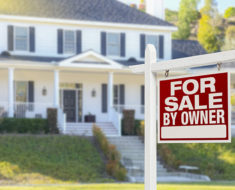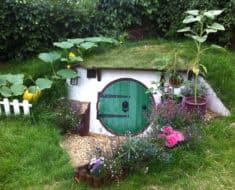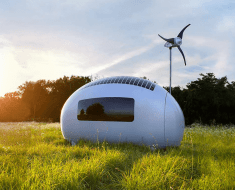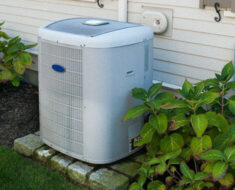
Google User Content
Whether you live in a hot environment in the summer or a particularly cold environment in the winter months, energy efficiency impacts you. With energy bills still being a major cost for homeowners, securing a more affordable rate is important. However, once you’ve done all you can in this area, what comes next?
Making your home more energy efficient is good for the environment. It also provides noticeable cost savings. Here are some suggestions on how to do that for your home.
Being More Energy Conscious
Being aware of how much energy is consumed in the home isn’t something we automatically think about. It may only become relevant or noticeable when the utility bill arrives after wintertime or a particularly hot summer when either the heating system or the AC system were going all out.
In many homes, casual electricity use is significant and can be reduced. For instance, both Windows and Macs now have low energy modes to turn off the monitor or laptop screen after a period of inactivity. Setting this up avoids wasting power which adds up over the quarter. Even a plugged-in USB charger that’s not connected to a smartphone or tablet uses a wasteful quarter of a watt over time.
Turning off the lights in unoccupied rooms isn’t something homeowners automatically do unless it’s become a habit for them. However, every little bit helps in reducing casual and often wasteful electricity usage. Using eco-friendly lightbulbs is another cost saver for lighting which are dearer to purchase upfront, but brighter and use a fraction of the electricity.
Roofing Performs Several Functions
The roof is a key factor in how energy efficient your home is, but it’s often forgotten about when considering what steps to take.
Modern roofs have multiple layers to them. Each plays an important role in providing good heating insulation, but they can also deflect the heat from sunlight. Airflow is also important for a home. Cool air can be drawn inside through the under-eave vent in the roof to let fresh air into the attic. This prevents the attic from becoming stuffy.
Sometimes, a roof can get damaged in the violent storms – we’re increasingly seeing these of late. Whether due to global warming or just stronger weather systems, roofing shingles may have gotten blown off. Alternatively, they could have been broken too and now fail to prevent rainwater from reaching the felt underlayment below the shingles.
When there’s an issue with your roof, getting a roof inspection and a roofing repair once all issues are confirmed is very important. It prevents moisture damage from reaching the low roofing levels. In a situation where the roof is old and in poor condition, then roofing replacements may be a better option. A reputable company like Semper Solaris, which can be found at https://www.sempersolaris.com/roofing/, will have the experience to inspect a roof for any problems and provide recommendations for the best course of action.
Adjust the Heating
It’s important that every room in the house gets some heating during colder months. It wards off the possibility of damp building up, which is difficult to manage. Therefore, it’s not recommended to not heat seldom-used rooms in the home to save money. However, do turn down radiators to a minimal level to just get the cold out without being expensive to do.
It’s cheaper to bundle up with an extra layer of clothing than to increase the thermostat’s temperature. Indeed, as a goal, you want to be reducing the temperature setting, not increase it.
If you are heating frequently occupied rooms at a higher temperature than the hallway and adjoining rooms, be sure to close the doors to prevent drafts and retain the heat in the occupied spaces. Doing this avoids the heater’s thermostat spotting the temperature decline from an open internal door and kicking the heater back on.
Be Energy Efficient in the Kitchen Too
Some foods can be microwaved instead of using the oven. Running a traditional oven or a halogen lamp countertop oven is considerably more expensive.
Using a Crock-Pot is a better option as it’s far more energy efficient in the kitchen than you’d realize. While running the oven for 60 minutes isn’t too expensive, a Crock-Pot or slow cooker cooking a stew for 8 hours uses one-quarter of the energy.
In terms of the other larger appliances, waiting to run the dishwasher on a full load is better for the environment and reduces the costs too. Also, when it’s time to replace the refrigerator, consider whether you need something as large this time? These appliances have been steadily expanding in size along with the average home sizes, which are more expensive to operate even when they have A+ energy ratings.
By looking at all aspects of energy efficiency, it’s possible to reduce usage by one-third or more. The cost savings of this over the years of homeownership are substantial.









































